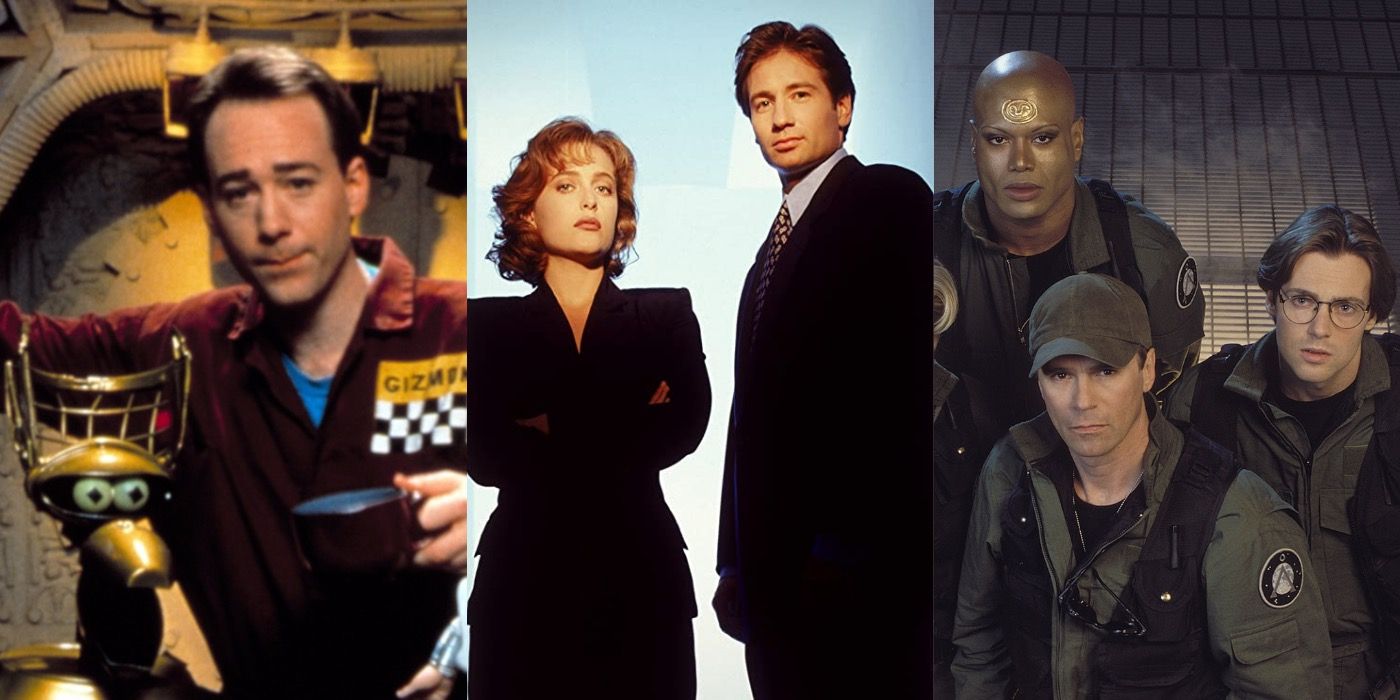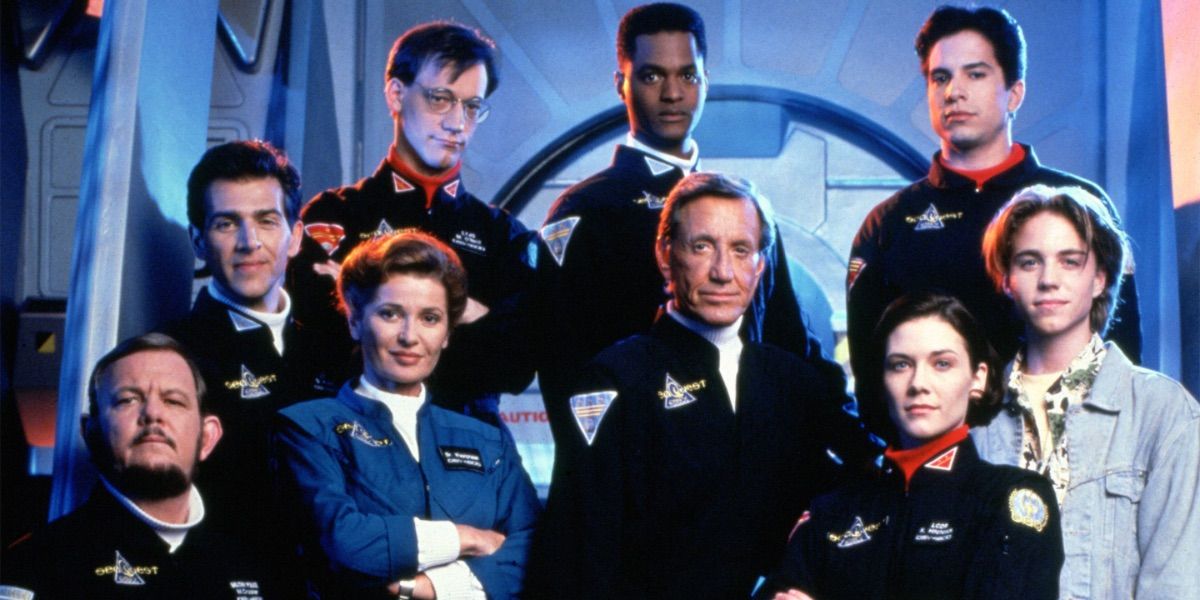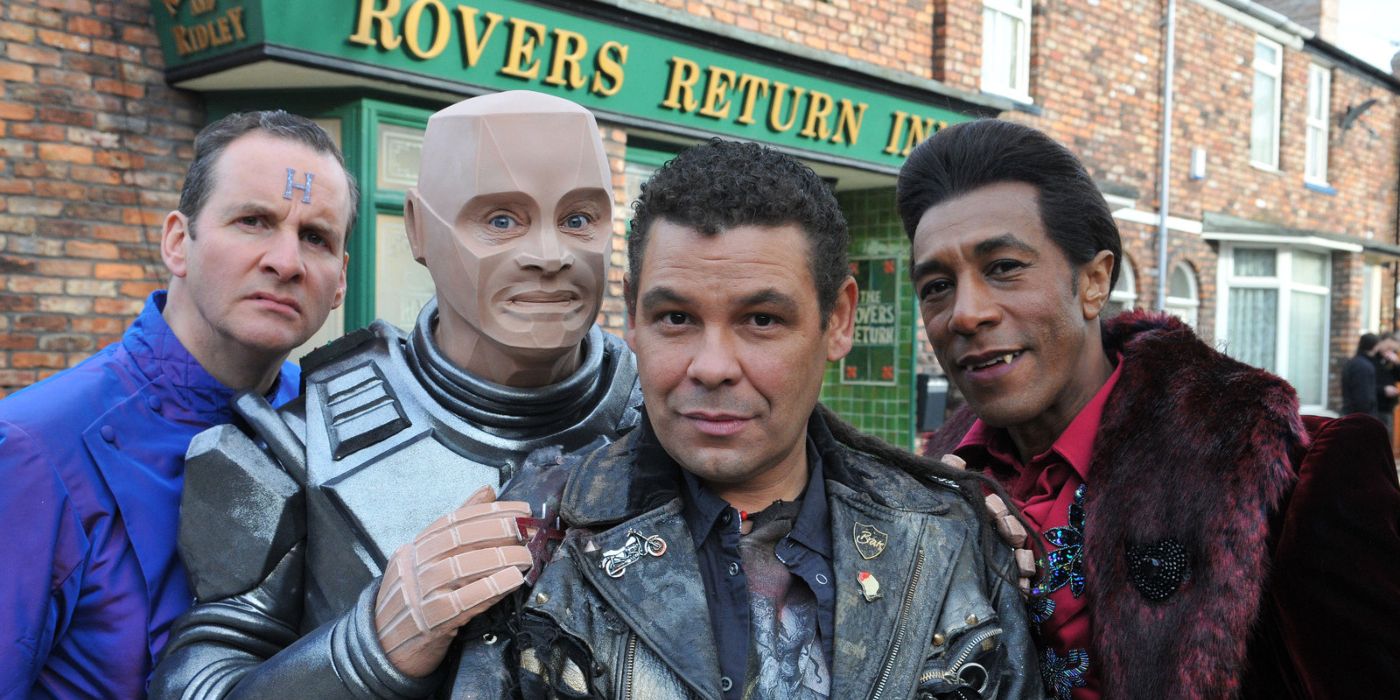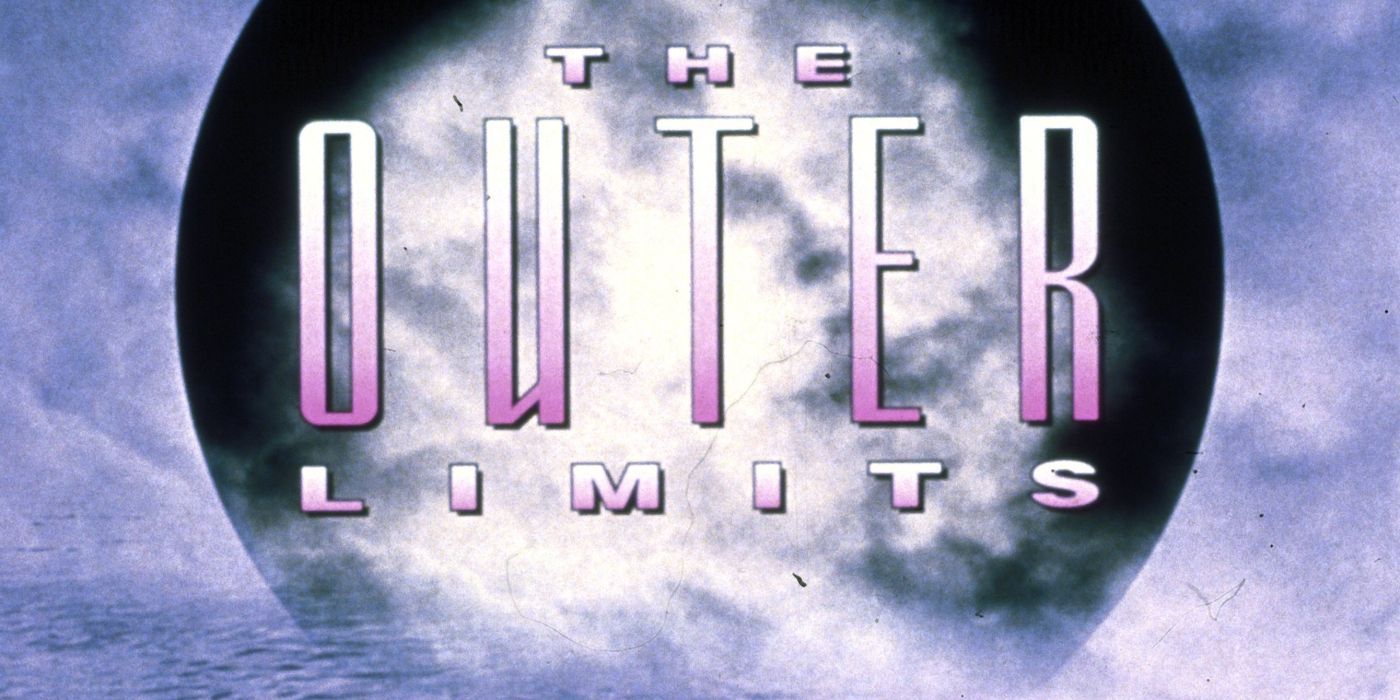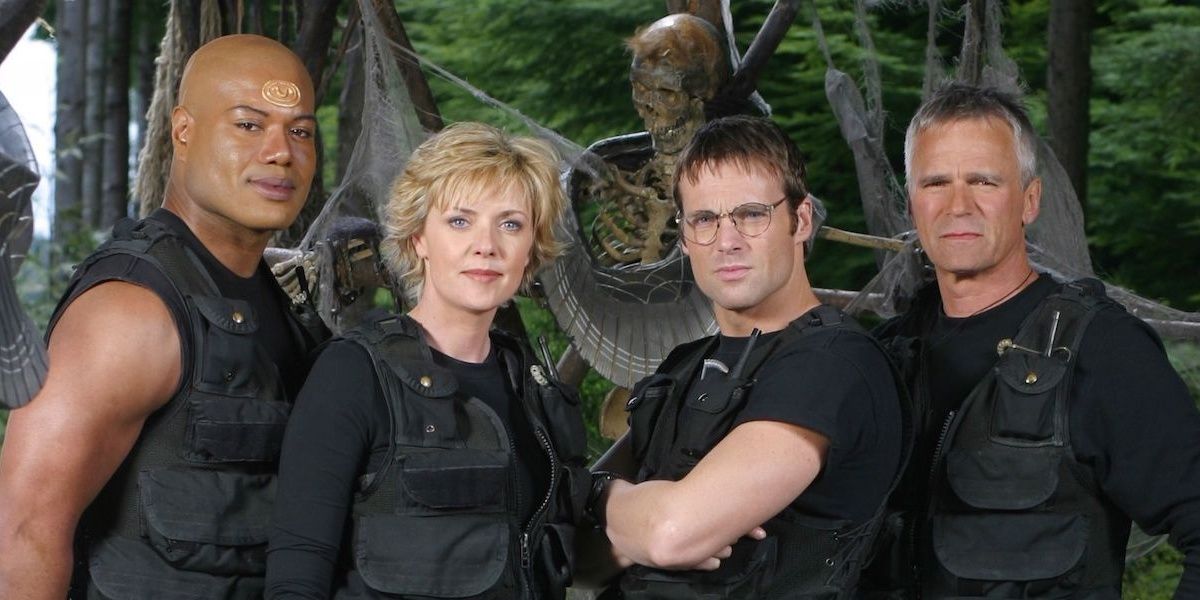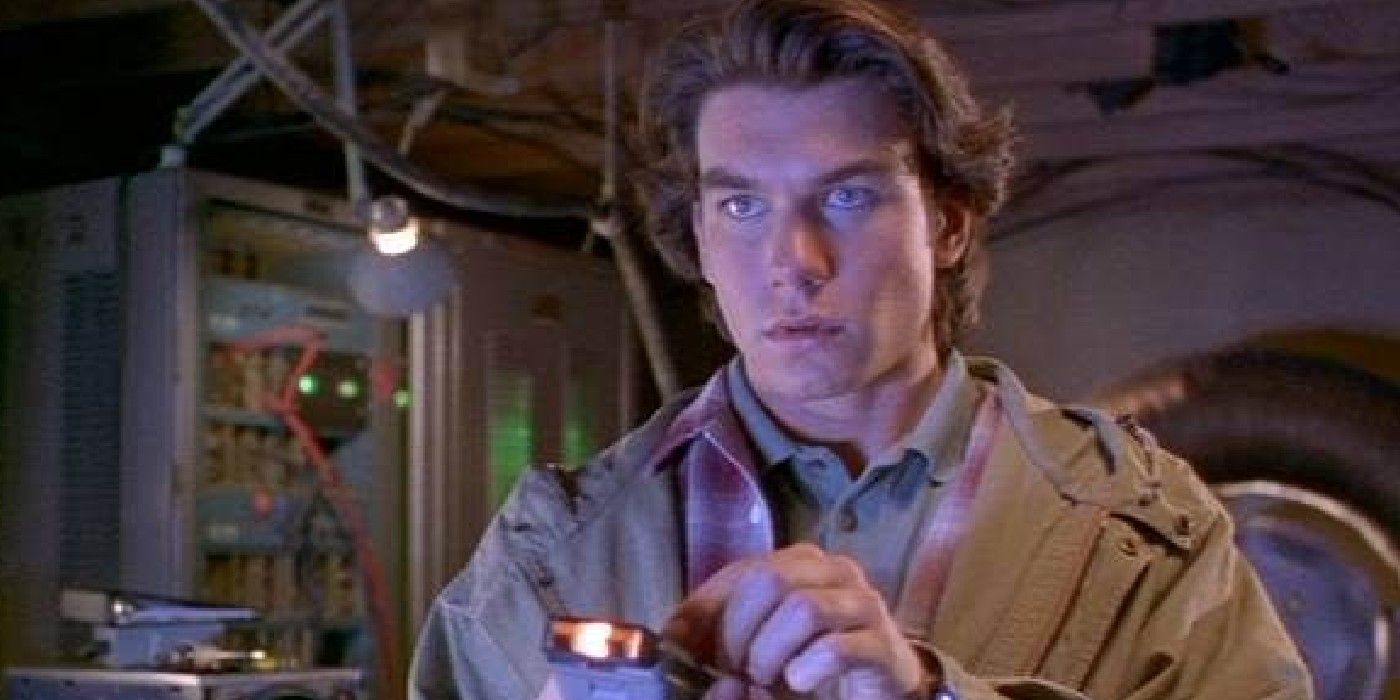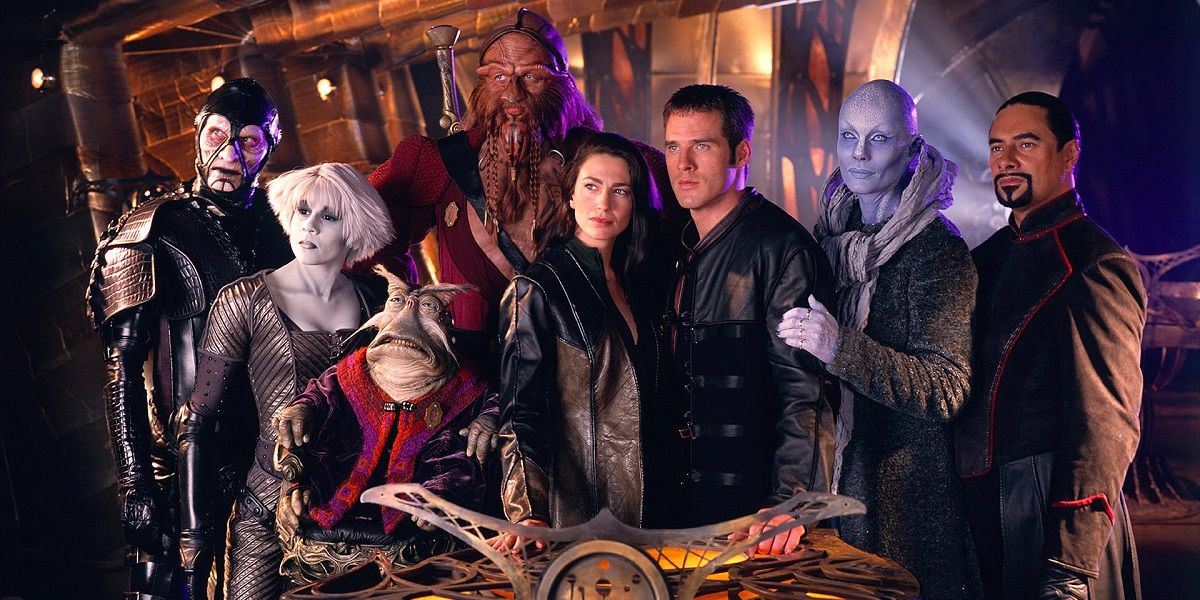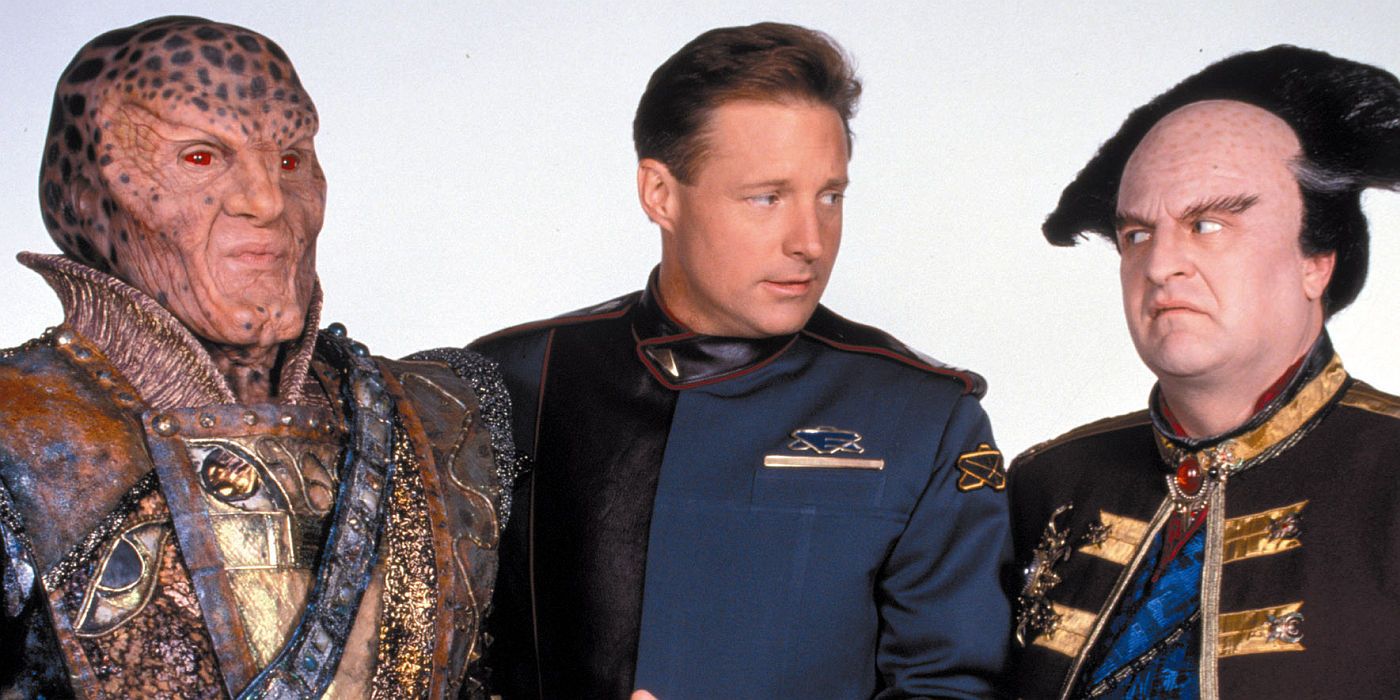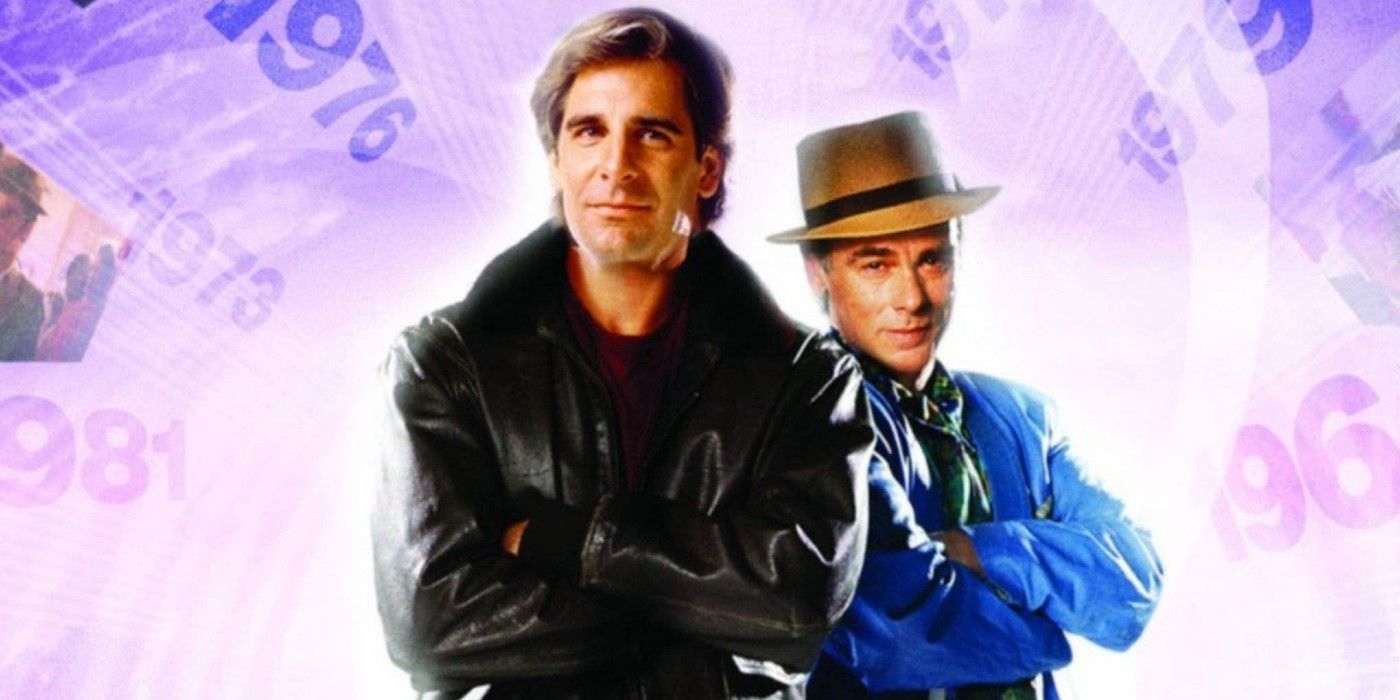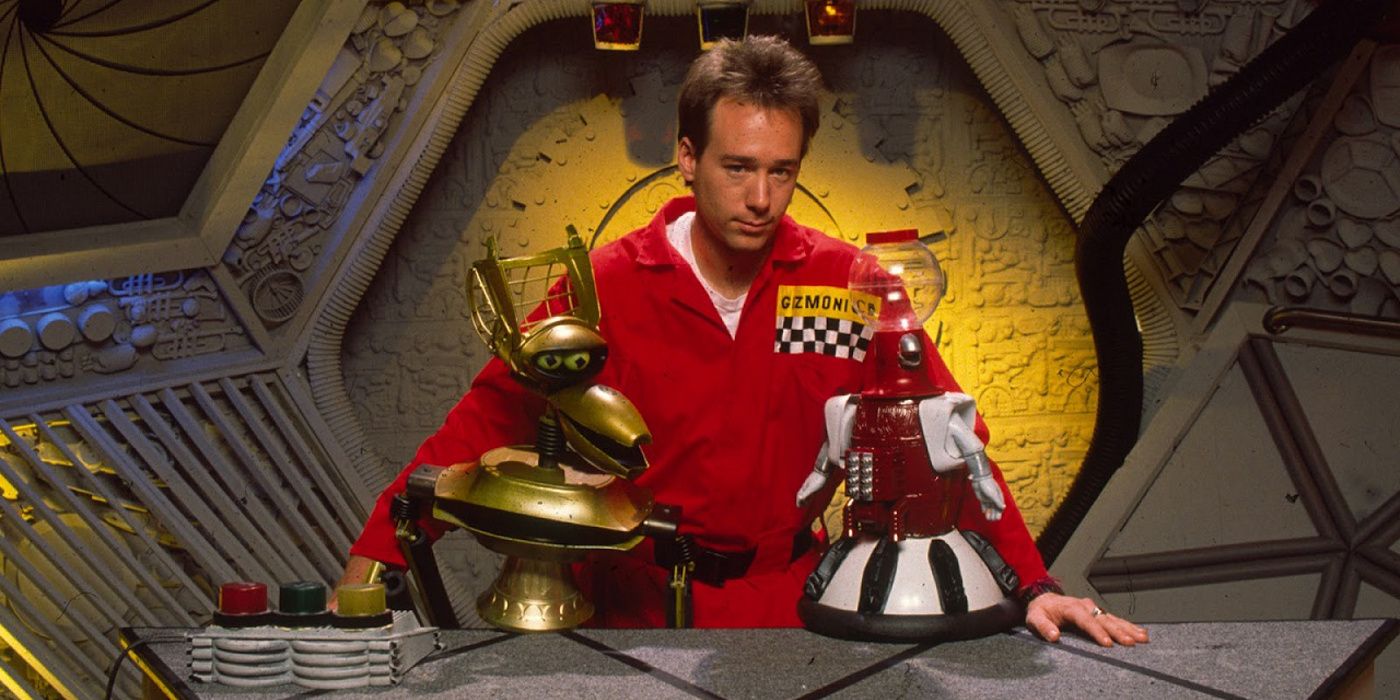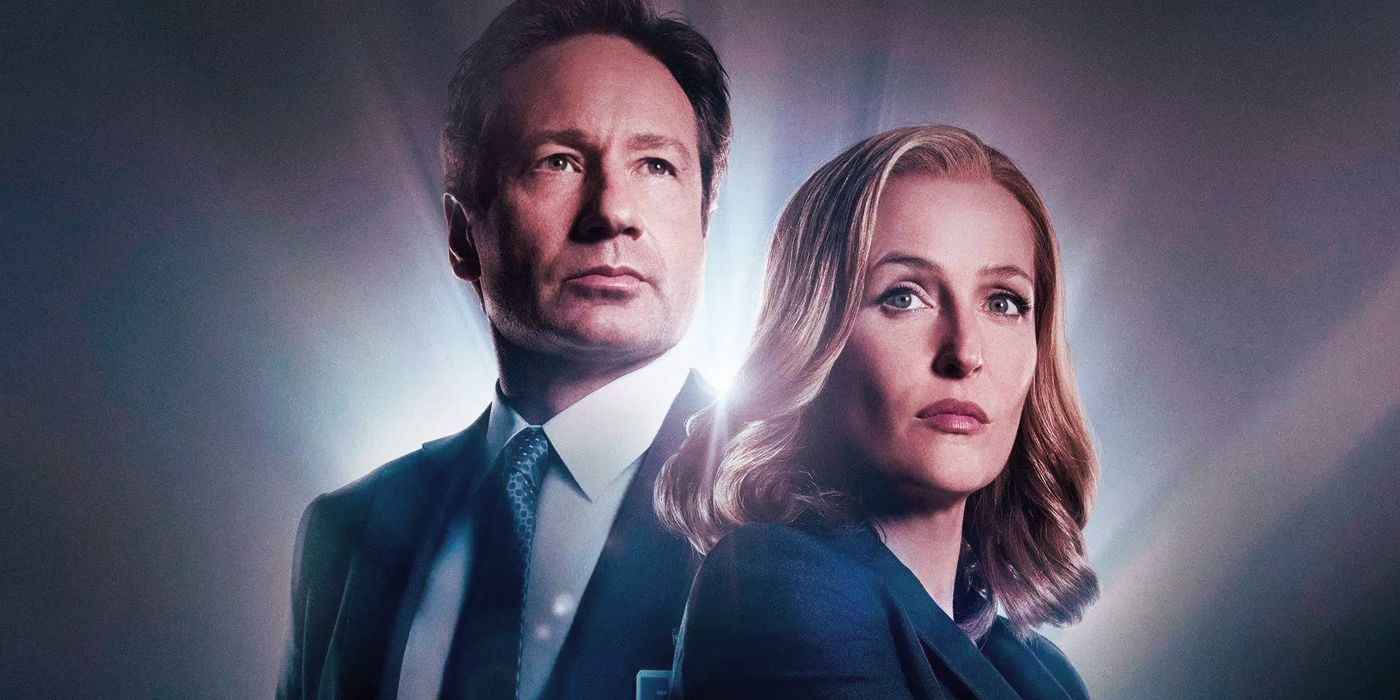The 90s was a wonderful decade for science fiction television. The explosive popularity of the Star Trek franchise had fans clamoring for more sci-fi adventures. TV producers were more than happy to fill the demand, and nearly every major network had a flagship sci-fi series to compete with Trek.
Not all shows of the time were about space exploration, and they ran the gamut from comedy to horror. Regardless of the sub-genre, the 90s was a perfect decade for sci-fi fanatics, and there was so much more to enjoy than just Star Trek and its many spinoffs.
seaQuest DSV (1993-1996) - Peacock
While the Starship Enterprise was exploring space, the characters on NBC's seaQuest DSV were exploring the earth's sea floor. Set in the (at the time) not-too-distant future of 2018, seaQuest follows the adventures of the submarine seaQuest as it patrols the ocean floor and acts as a diplomatic vessel for the various communities underwater.
The show offered a unique view of the future, one that moved inward to explore other parts of earth instead of deep space. Though it was short-lived, seaQuest DSV was one of the most unique sci-fi offerings of the decade and featured a solid cast.
Red Dwarf (1988-Present) - BritBox
Most of the classic sci-fi shows of the 90s were produced in the US and Canada, but Red Dwarf was a sleeper hit out of the UK. Set millions of years in the future, Red Dwarf tells the story of a bumbling worker on a mining ship that is accidentally frozen. He awakes to find that he is the only human on board and his companions are a rude hologram and a humanoid cat that evolved over the millions of years.
The show offered fans a hilarious take on interstellar travel with its signature style of British comedy. The show has been canceled and revived since its initial run and returns periodically for one-off seasons every few years.
The Outer Limits (1995-2002) - The Roku Channel
Coming as a reboot of the 60s show of the same name, The Outer Limits offered weekly stories of speculative science fiction. Unlike its originator, the 90s version of the show ran for a respectable seven seasons and garnered a large fan base during its initial run.
Much like Black Mirror, each week's episode was a self-contained anthology story and usually featured a moral lesson. The show was rife with warnings about the dangers of encroaching technology which still holds weight in today's tech-obsessed society.
Stargate SG-1 (1997-2007) - Netflix
The Stargate franchise is arguably one of the most successful sci-fi properties of the 90s. The show follows a military group that uses the Stargate portal to travel to other worlds and explore.
The premise of the Stargate gave the show a lot of creative opportunities, and the adventures of the SG crew were varied and exciting. Though it spawned from a less-admired movie, the TV series Stargate SG-1 was a huge hit and even had several spinoffs that further explored the Stargate universe.
Sliders (1995-2000) - Peacock
Usually, sci-fi shows feature an element of exploration at their core. Whether set on a ship venturing through space or to the bottom of the sea, the spirit of adventure is strong. Sliders gave fans something entirely different from the usual sci-fi stereotypes. A group of people are trapped on parallel earths, and each week they "slide" from one dimension to another in an attempt to return to their home.
Sliders was a perfect blending of explorative sci-fi and the cautionary tales of shows like The Twilight Zone. Usually, each parallel dimension features a quirk that puts the characters in danger and reflects a problem in real life.
Farscape (1999-2003) - Prime Video
Farscape offered fans one of the most unique sci-fi visions of the 90s. Coming at the tail end of the decade, the show follows an American astronaut who is accidentally sent across the galaxy and into the middle of alien conflicts.
The show featured unique alien designs involving makeup and puppetry and explored many strange concepts, including having a living spaceship. The unusual concept for the show gave them interesting opportunities to explore, but ultimately the series came down to the main character's goal of returning home.
Babylon 5 (1993-1998) - HBO Max
Babylon 5 was 90s sci-fi series that was most similar to the original concepts of Star Trek. Set aboard the Babylon 5 station, the show focuses on the diplomatic relations between alien worlds. Taking place a decade after the end of a war between Earth and an alien race, the show is a powder keg of tense diplomacy. Outside of the main plots, the ship is a beehive of interpersonal conflict that often reflects important life lessons for viewers.
Unlike a lot of sci-fi that is about war, Babylon 5 is about the quest for peace in the face of impossible odds. The show ran for several seasons and was popular enough to be expanded into several TV movies since its cancellation.
Quantum Leap (1989-1993) - The Roku Channel
Quantum Leap perfectly straddles the line between sci-fi and traditional television drama, telling the story of a scientist who discovers a way to time travel within his own lifetime. Somehow, he accidentally trades places with a person in history and has to fix whatever went wrong in their lives before he can leap to the next place.
Quantum Leap took full advantage of its premise to deliver a vast variety of stories, from comedy to gut-wrenching drama. It also carries an element of spirituality which stands in interesting contrast to the scientific elements of the show.
Mystery Science Theater 3000 (1988-1999) - AMC Plus
Set in the not-too-distant future, Mystery Science Theater 3000 was the most unique sci-fi show of the 90s by far. A man is launched into space by a mad scientist and forced to watch terrible movies. To keep himself sane, the man builds robots that keep him company and watch the bad films with him.
The main premise of the show was a framework designed to serve the bulk of the episode, which was the movies themselves. As the viewer watches the bad movie, the character's silhouettes appear at the bottom of the screen and make wisecracks. The show was a cult hit and even after its cancellation, the stars of the show have gone on to pursue projects similar to MST3k.
The X-Files (1993-2002) - Hulu
The X-Files was a cultural phenomenon in the 90s, helped to legitimize the pursuit of the unusual, and put UFO research on the map. The X-Files follows a pair of FBI agents who are tasked with investigating all of the Bureau's most unusual cases. One agent is a true believer in all things strange while his partner is a skeptic, and together they plunge into the dangerous world of alien conspiracies.
The show found a perfect structure and would often feature terrifying 'monster of the week' episodes with an overarching plot throughout each season. The show played with viewers' expectations and kept them guessing.

